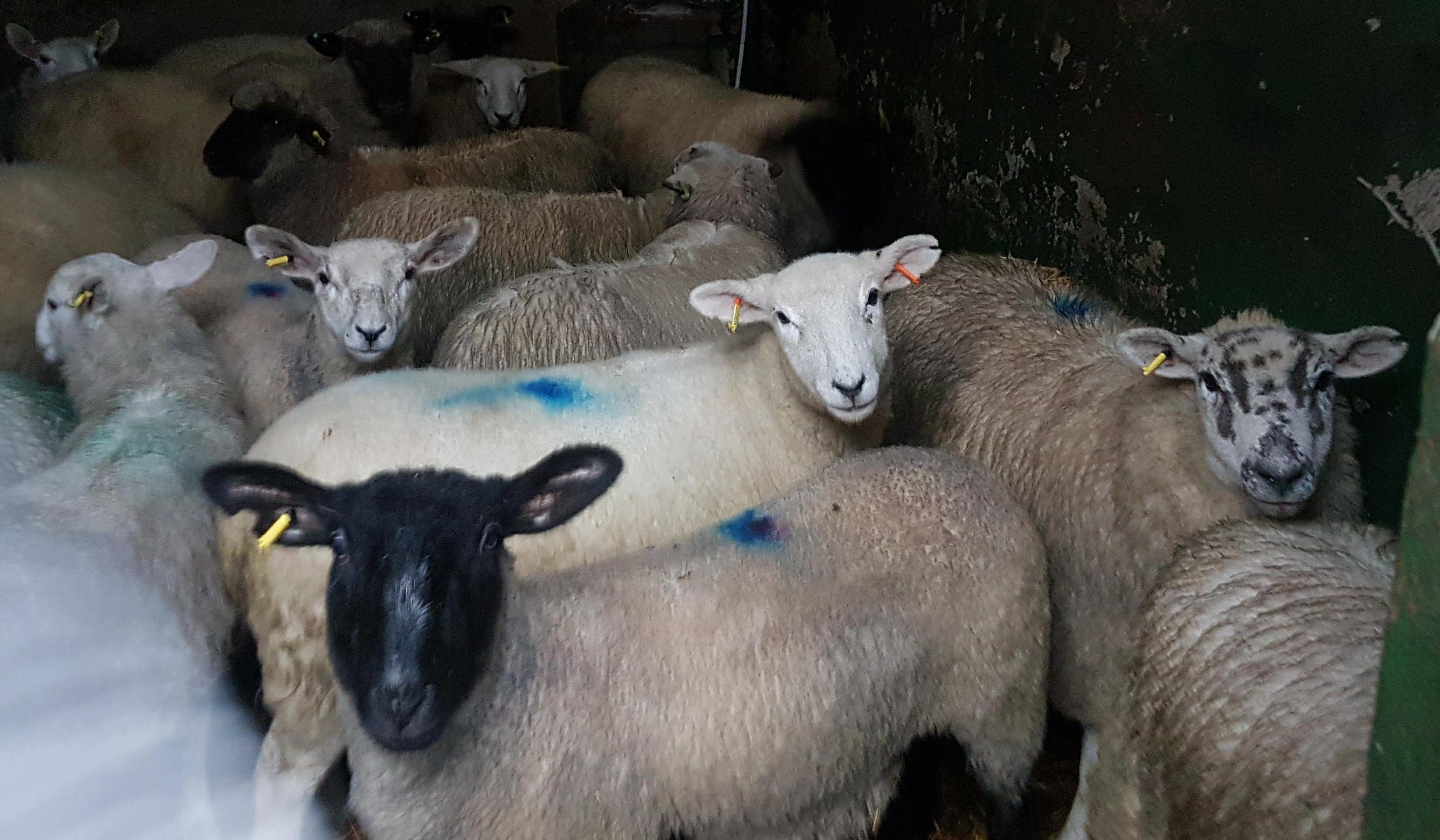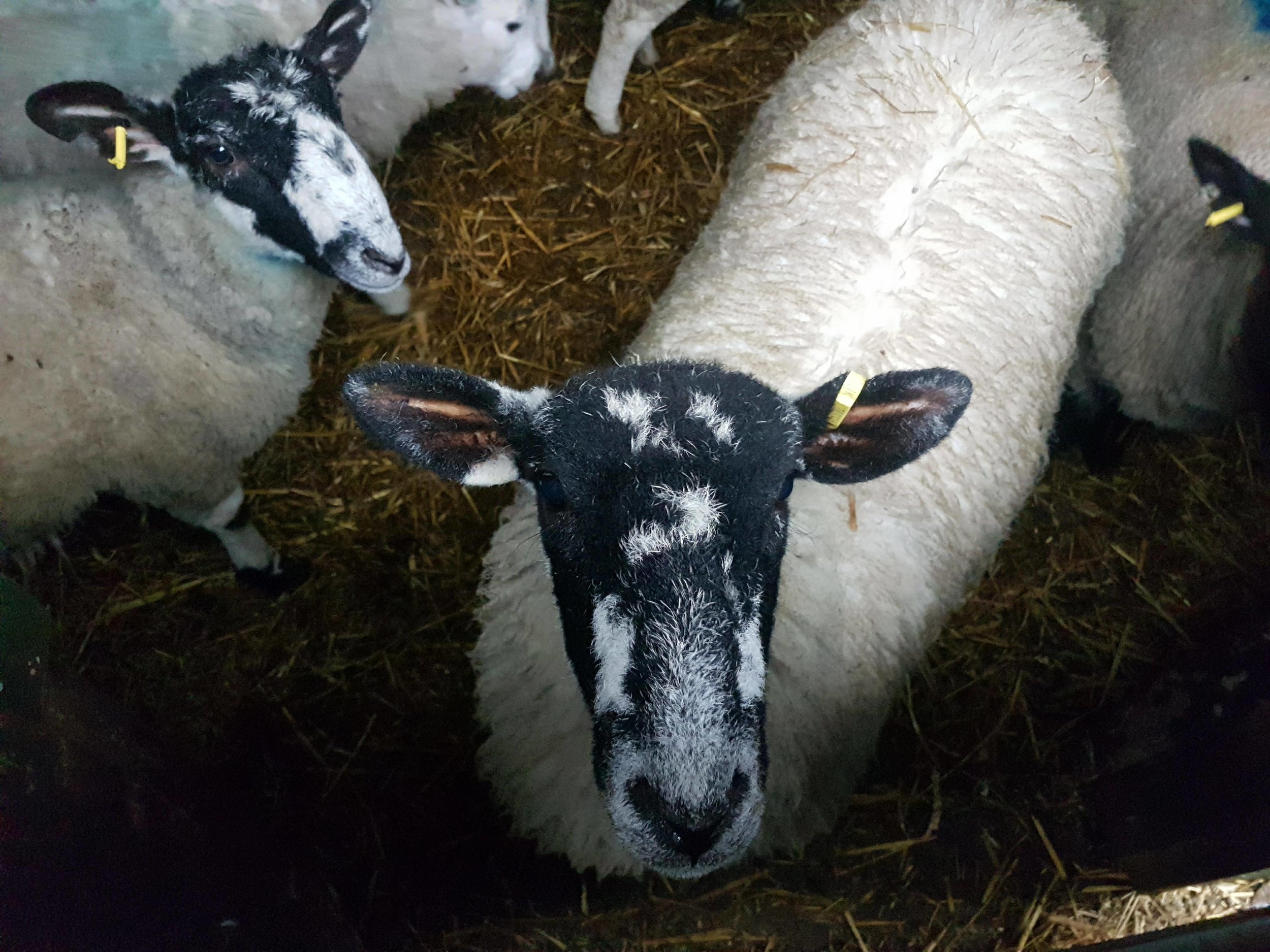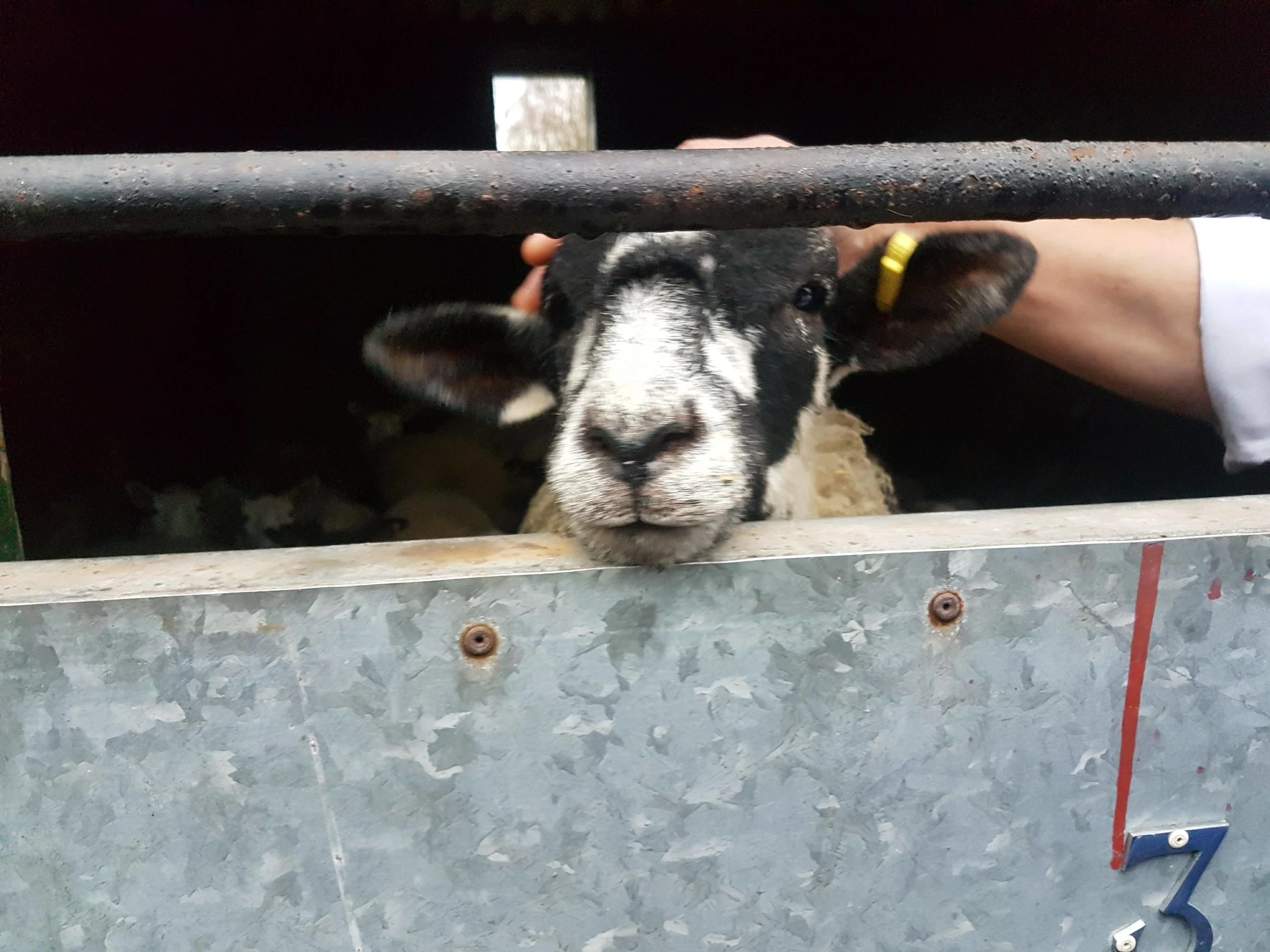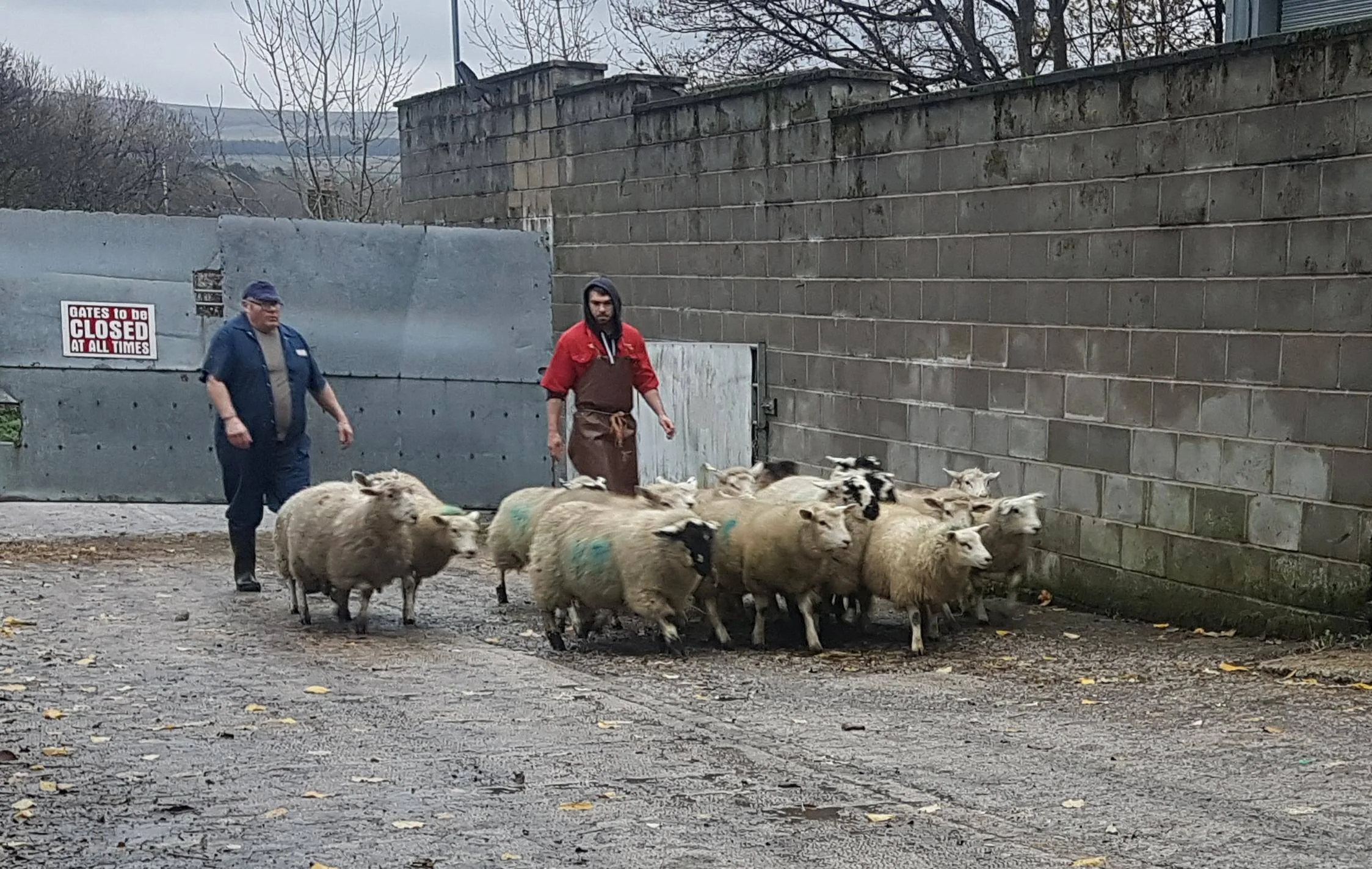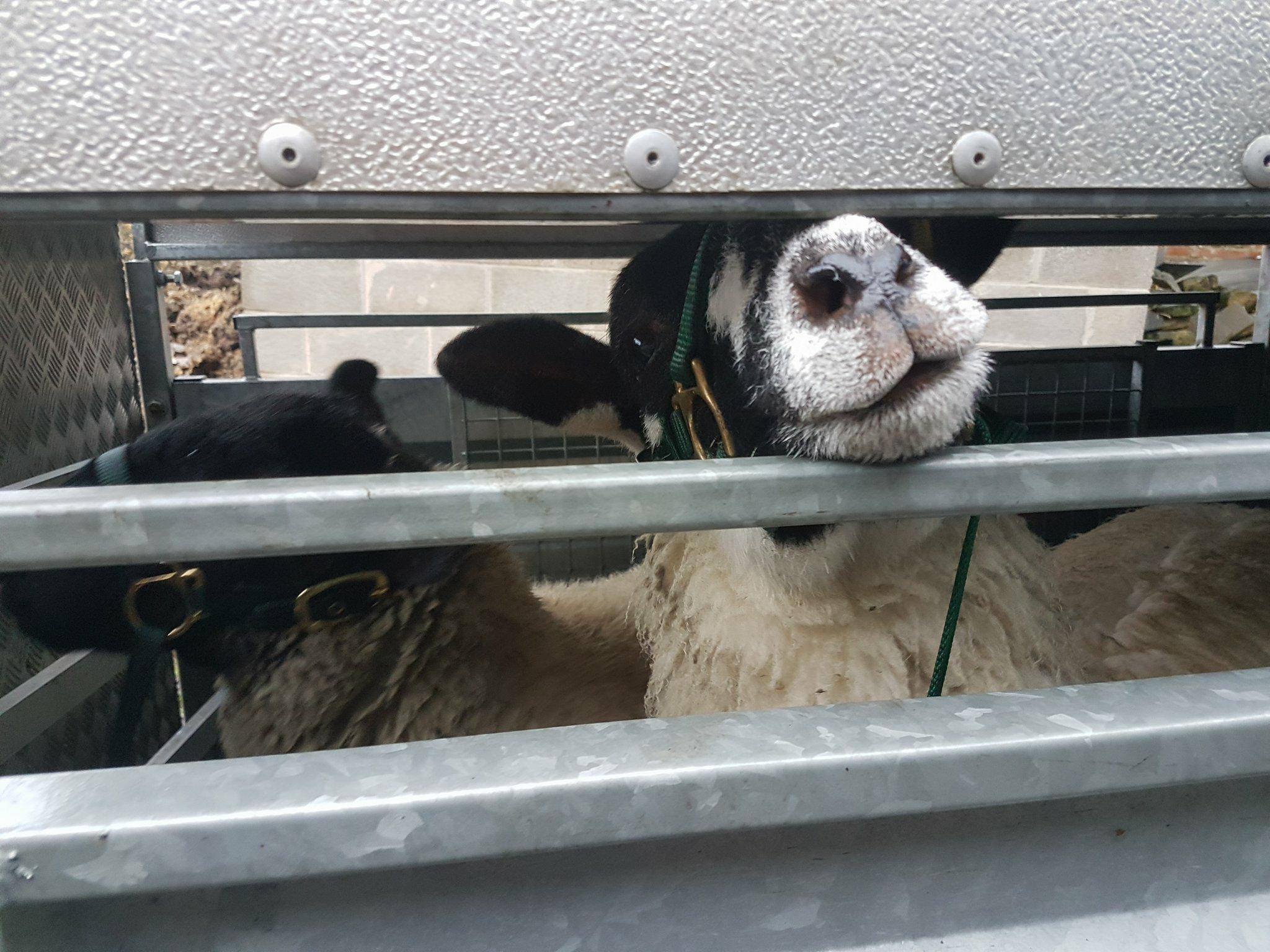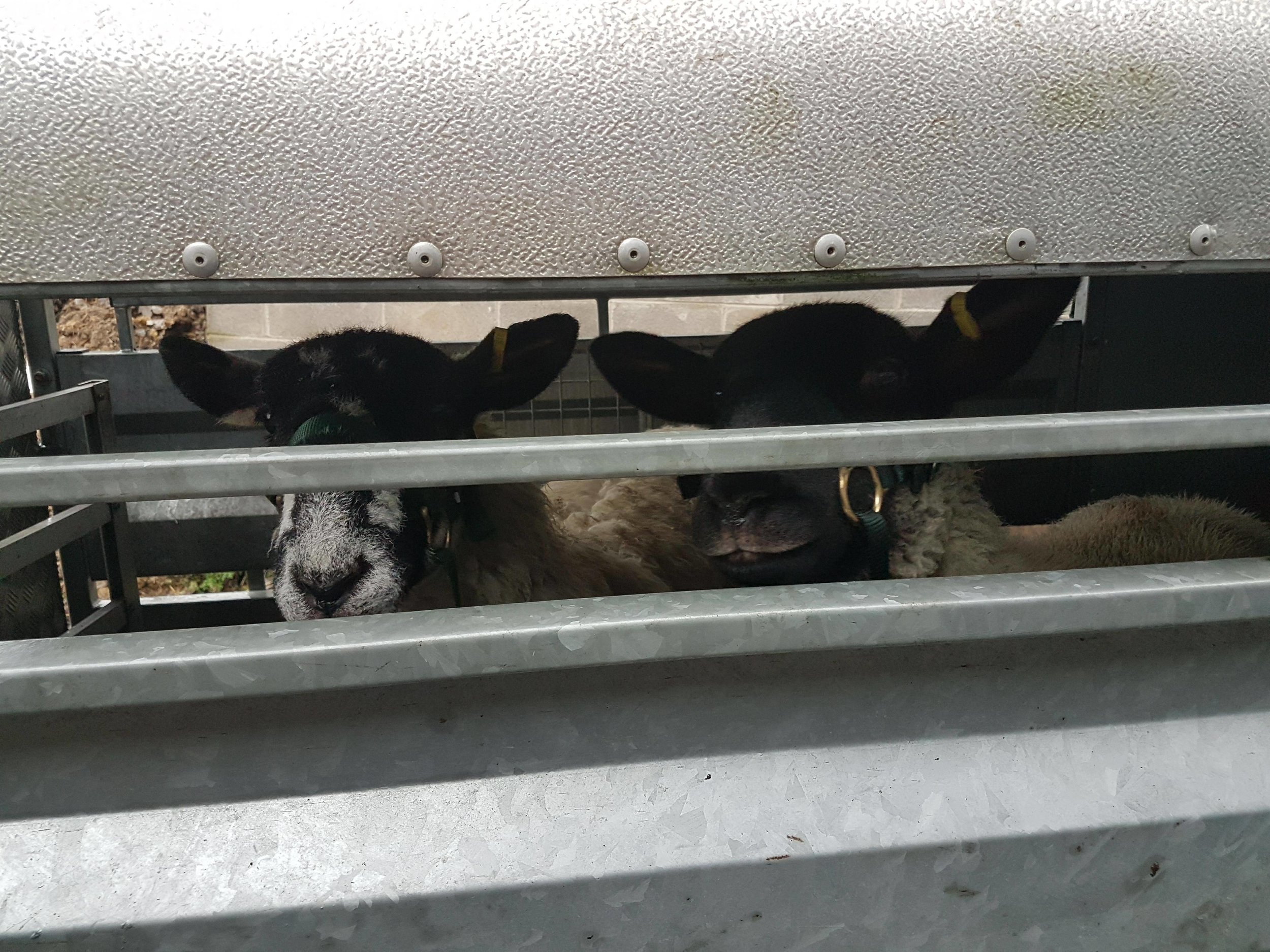Taking lambs to slaughter
I love sheep, they're my favourite species of animal. So how is it that I can even consider slaughtering individuals I've known, bottle-fed, named, cuddled and greeted every morning for 9 months?
This is such a sensitive topic and everyone will have their personal view. I'll try to explain mine here. I accept that we are an agricultural society, and this has allowed me to know sheep and spend a lot of time with them since I was a child. My boys, who you may have followed on Facebook and Instagram, Karl and Tom, were bred for a single purpose; meat production and I was privileged enough to raise them when their mothers couldn't. I'm a meat consumer; I eat meat and so do my daughter, two dogs and cat.
I'm also passionate about animal well-being and that forces me to consider best practice in all animal keeping situations. I've never been comfortable with the uncertainty of where my meat has come from, how it has lived and died. Was the animal on my plate happy? The ultimate solution is to raise lambs myself, give them a great life, take them to a respected abattoir and review the experience. When I cook my own lamb I'll be able to look at the meat on my plate and honestly answer the question, has this sheep been happy? And in the event I can't eat my own meat, then my decision is that I don't deserve to, and I'll move to a vegetarian or vegan diet.
I chose to take the lambs to Mettricks in Glossop as they're a local business that I feel I know, they've a great reputation and are open about their process having allowed TV to film there and training vets, etc. Steven Mettrick has gone above and beyond what I anticipated with the time he's given me to explain the process and show me the facilities. He's shared with me his commitment to highest welfare. I've every faith that the work he does there is done to the best standards.
My misconceptions.
For regulatory purposes all individuals must be identified with an ear tag to link them to the farmer and keep movement paperwork in order. I expected the lambs to express pain when they had their ear tags clipped in, but they didn't seem to notice. They weren't keen to have their heads restrained for the job but a handful of corn kept them still without fuss. They didn't stop nibbling the food in my palm when the tags were applied which leads me to assume there wasn't much discomfort.
Waiting for ear tags. Karl is pulling a funny face as he chews on a brussel sprout
I expected that a day without feed would cause them distress but they appeared calm and content in the pen when I visited them again the next morning. The thick bed of clean straw from the day before was less fluffy but they were cosy and hygienic. They didn't look as round and full as usual which I expected to find upsetting, but they were fine and I wasn't upset about it after all. Steven explained to me that if their stomachs are full they burst when he opens the carcass, which causes the entirety to be condemned and binned. For this reason sheep are unfed, "clemmed-out" the day before.
I expected they'd still be weirded out by the change in surroundings, and that they'd be clamouring to get to me when I revisited the next morning, but they were calm and content. They bleated gently at me and Tom leaped up on the gate to have his head scratched and to nibble my fingers. This is perfectly normal behaviour from Tom who always jumps up on everything to say hi. The butcher cuddled his ears and scratched his head. Karl was happy further back in the pen with other sheep and didn't come to greet me although he bleated and said hi in his own way. This is normal for him too.
Tom having a head scratch from Steven Mettrick
I expected to see the sheep at the abattoir moving frantically then freezing up with whale eyes but they were all calm. In comparison to how they felt about worming and dipping, this was a holiday. I reached in to offer my hand-to-sniff to a sheep in the pen neighbouring my boys', and the sheep was nervous and backed off from me. That's the most fear I saw at the abattoir. The same neighbouring pen of sheep were moved to the stunning room and I was allowed to watch them being moved. Again, the sheep were calm and moved off nicely as a group. A couple went the wrong way and rushed off, but immediately returned to the flock and up towards the stunning room. I didn't stay to watch my boys being moved as they'd have come to me instead of moving with the group.
Moving sheep from the holding pen to the stunning pen
I expected to see resistance to approaching the stunning room. I wondered if it was true what people say that "they know" what's coming next. Could they smell death? Could they anticipate death would follow? My observations indicate that no, they hadn't a clue. They walked right in to the pen without frantic movement or resistance, no stressed-looking eyes. One curiously nibbled the furnishings on the gate mechanism which is exactly what a nosey comfortable sheep would do.
I wondered if the sheep waiting to be stunned and killed could see others being done but I was reassured by the tall gate that prevented the sheep behind from seeing the sheep ahead being stunned. Stunned animals (unconscious) would be attached to a moving chain above and carried in to the next room to be killed. I doubt that the sheep in the pen could see the bodies moving through but I'd need to observe the process to know for sure. Even if they could see the animals moving up and out, that wouldn't necessarily cause them distress. The throats would be cut in the next room.
For reasons of regulation I wasn't permitted to see the stunning in process, although I could've seen the killing and skinning in the next room along. My concern was purely with the welfare of the animals in the last moments of consciousness so seeing them unconsciously killed and turned into meat would have caused me distress without any educational benefit regarding the welfare of the living animals.
My regrets
I regret not having spent more time teaching Karl and Tom about yielding to pressure in their halters. I'd done some work but in the new surroundings, moving them from trailer to holding pen, it wasn't relevant. I regret not teaching them to cheerfully move forward when people touch their back from behind. These lessons would've made their travel through the abattoir yard less stressful. To put this into perspective, some of the dogs visiting my training field look more stressed and unhappy than the sheep did arriving at the yard. My sheep arriving at the abattoir were more comfortable than my old dog arriving at the vet.
Over the coming days and weeks I'm sure I'll have more thoughts which I'll share too. I hope nobody judges me too harshly for choosing to kill my own beloved animals for meat. It's been a hard but carefully considered decision and I feel it allows me to provide best welfare and live by my values.
Until next time, Lucy


